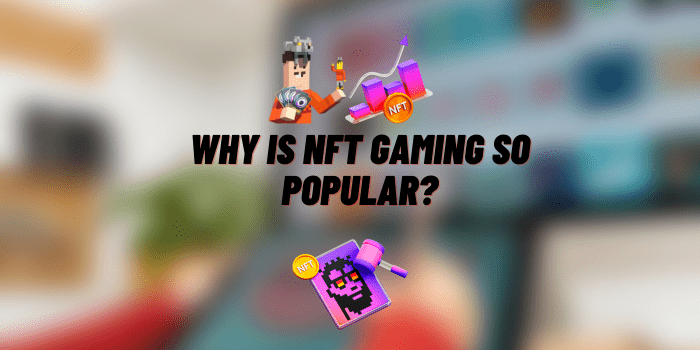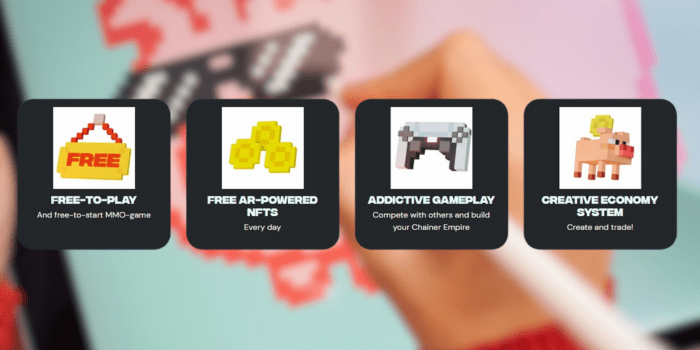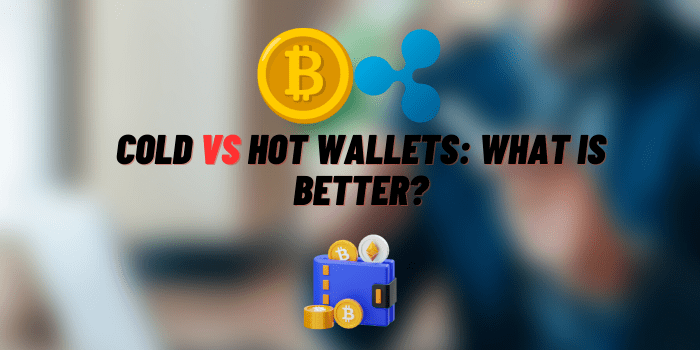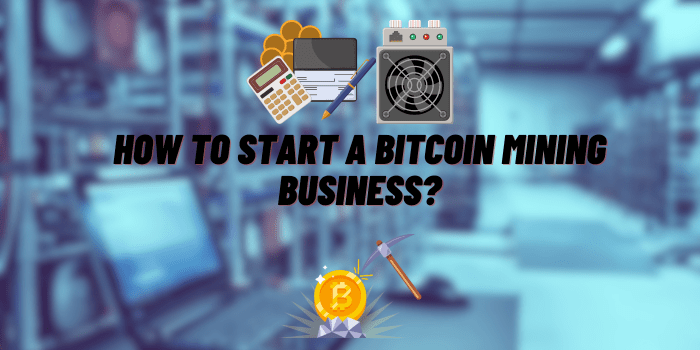Why Is NFT Gaming So Popular?
Non-Fungible Tokens (NFTs) have captured the world’s imagination, extending their impact across various industries, from art to real estate. One sector where NFTs are making a huge splash is gaming. The integration of NFTs into video games is changing how we understand ownership, value, and community participation in these digital worlds. But why is NFT gaming so popular? This article will delve into the key factors contributing to the soaring popularity of NFT gaming.
What is NFT Gaming?

NFTs or Non-Fungible Tokens are digital assets that exist on blockchain technology. Unlike regular digital assets like cryptocurrencies, NFTs are unique and not interchangeable on a one-to-one basis. This non-fungibility ensures that each NFT has its distinct value and attributes.
In NFT gaming, players can own, buy, sell, and trade NFT-based assets within the game environment. These could range from characters to weapons to skins. Games like Chainers have gained immense popularity as they allow players to interact with NFTs in complex game economies.
Chainers as Example of Popular NFT Game

Chainers, a browser-based MMO NFT game, is revolutionizing the world of Web3 gaming by offering a unique, community-driven, and highly accessible platform. Drawing inspiration from the immense popularity of sandbox games like Minecraft, Chainers promises a vast playground where creativity knows no bounds. Unlike other Web3 games that often come with high barriers to entry, such as initial capital investment or complex hardware requirements, Chainers offers a free-to-start and free-to-play model. The game runs on the Polygon blockchain, which is notably popular among Web3 developers.
Chainers provides an extensive metaverse where players can create, socialize, trade, and earn rewards in the form of NFTs. Players are not just passive consumers; they are active contributors who can design clothing, accessories, and even construct buildings. With over 1,000 unique NFT items and 100+ levels of progression, the game promises long-lasting engagement.
Financially, the game incorporates the best elements of DeFi and NFTs, creating a play-to-earn ecosystem. Players can upgrade their avatars, create AR video and photo content, and even trade their NFTs on other platforms. They can earn Chainer Tokens (CHU) through gameplay, which can be used in the Chainers marketplace or other trading platforms. Additionally, the game promotes community governance; players have the power to influence the game’s direction through a specialized governance token.
The project has already amassed a significant following, with 73k Twitter followers and 52k Discord members, signaling strong community engagement. Given the trends, Chainers is positioned to not just be a game but a new frontier in community-driven, financially-incentivized, and highly creative digital engagement. It represents a fusion of sandbox creativity and Web3 financial incentives, making it a compelling project with a promise of sustainable growth.
The Allure of Ownership

Traditional video games offer in-game items that are restricted to the game’s environment and controlled by the gaming company. In contrast, NFT gaming allows players to have actual ownership of their in-game assets. This real ownership can be particularly appealing as it gives players more control over their investments.
NFTs can represent rare and unique items within games, adding another layer of allure. For instance, special-edition weapons or characters in NFT games can become highly coveted assets, boosting player engagement and game value.
Why Is NFT Gaming So Popular? – Financial Incentives
One of the most compelling reasons why NFT gaming has become so popular is the range of financial incentives that it offers to players. Unlike traditional gaming, where in-game assets have no real-world value, NFT gaming creates a new economic landscape where virtual items can turn into lucrative investments. In this section, we will explore this financial allure, focusing on the investment opportunities and the evolving play-to-earn model.
The unique thing about NFTs in gaming is that they aren’t just pixels on a screen; they are blockchain-based assets with inherent value. Because these assets are secured and validated through blockchain technology, they are tradeable outside of the game’s native ecosystem. This creates a secondary market where NFTs can be bought, sold, or even held as long-term investments.
Ownership of a sought-after NFT can offer significant financial returns, depending on the rarity and utility of the item in question. As these items are unique and limited in number, their scarcity often drives demand, leading to appreciation in value over time. Players, therefore, not only derive entertainment value from the game but also have the opportunity to turn their in-game achievements into real-world profits.
By incorporating financial incentives, NFT gaming has essentially blurred the lines between gaming and investing, further fueling its soaring popularity. Players are not just engaging for entertainment but also for the financial gains they stand to make, adding a whole new dimension to the gaming experience.
Interoperability

NFTs can be used across multiple games and platforms, a concept often referred to as the “Metaverse.” This cross-game usability enhances the value of in-game assets and strengthens the appeal of NFT gaming.
NFTs provide opportunities for community engagement by allowing player-created content and collaborative projects. These tokens can help create social value, fostering stronger communities within the gaming ecosystem.
Innovation and Evolution
NFTs enable games to evolve through community participation and dynamic updates. Smart contracts also play a significant role in automating various elements within the NFT gaming ecosystem, allowing for a more fluid and interactive experience.
NFTs offer a more customizable and user-focused experience. Players can influence game development and even earn a stake in the game’s future through their NFTs, creating a win-win situation for developers and users alike.
Challenges and Controversies
The NFT space has faced criticism for its environmental impact, particularly due to the energy-intensive nature of blockchain technology. This is a growing concern that the industry needs to address for sustainable development.
From copyright concerns to potential for market manipulation, NFT gaming raises several ethical and legal questions. Regulatory frameworks are still in their infancy, but they are needed to guide the industry responsibly.
Conclusion
The popularity of NFT gaming is not a mere fad but the result of fundamental shifts in how we understand ownership, community, and value in digital spaces. With challenges to overcome and a lot of room for innovation, NFT gaming has the potential for sustainable growth, fundamentally changing the gaming landscape in the years to come. By understanding these key factors, one can better appreciate why NFT gaming has captured the collective imagination and why it’s more than just a passing trend.






